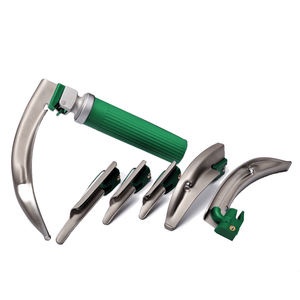Unveiling the Benefits and Applications of Fiber Optic Laryngoscopy
Fiber Optic Laryngoscopy, also known as flexible laryngoscopy, has revolutionized the diagnosis and treatment of laryngeal conditions. This minimally invasive procedure utilizes a flexible endoscope equipped with a miniature camera and fiberoptic technology to visualize the larynx and surrounding structures. Unlike traditional laryngoscopy, which often requires sedation and rigid instruments, fiber optic laryngoscopy offers greater patient comfort and precision.
During the procedure, the physician gently inserts the laryngoscope through the patient's nostril or mouth, guiding it into the pharynx and eventually reaching the larynx. Real-time images captured by the camera provide a detailed view of the laryngeal anatomy, facilitating prompt diagnosis and treatment decisions.
Fiber optic laryngoscopy finds applications across various medical specialties, including otolaryngology, speech-language pathology, pulmonology, and anesthesiology. Its versatility and high-definition imaging capabilities make it an indispensable tool for assessing vocal cord function, diagnosing voice disorders, evaluating airway obstruction, and facilitating intubation in difficult airway scenarios.
In conclusion, fiber optic laryngoscopy represents a significant advancement in medical technology, offering enhanced visualization and patient care. Its minimally invasive nature, coupled with real-time imaging, ensures optimal outcomes for patients with laryngeal conditions.


No comments yet